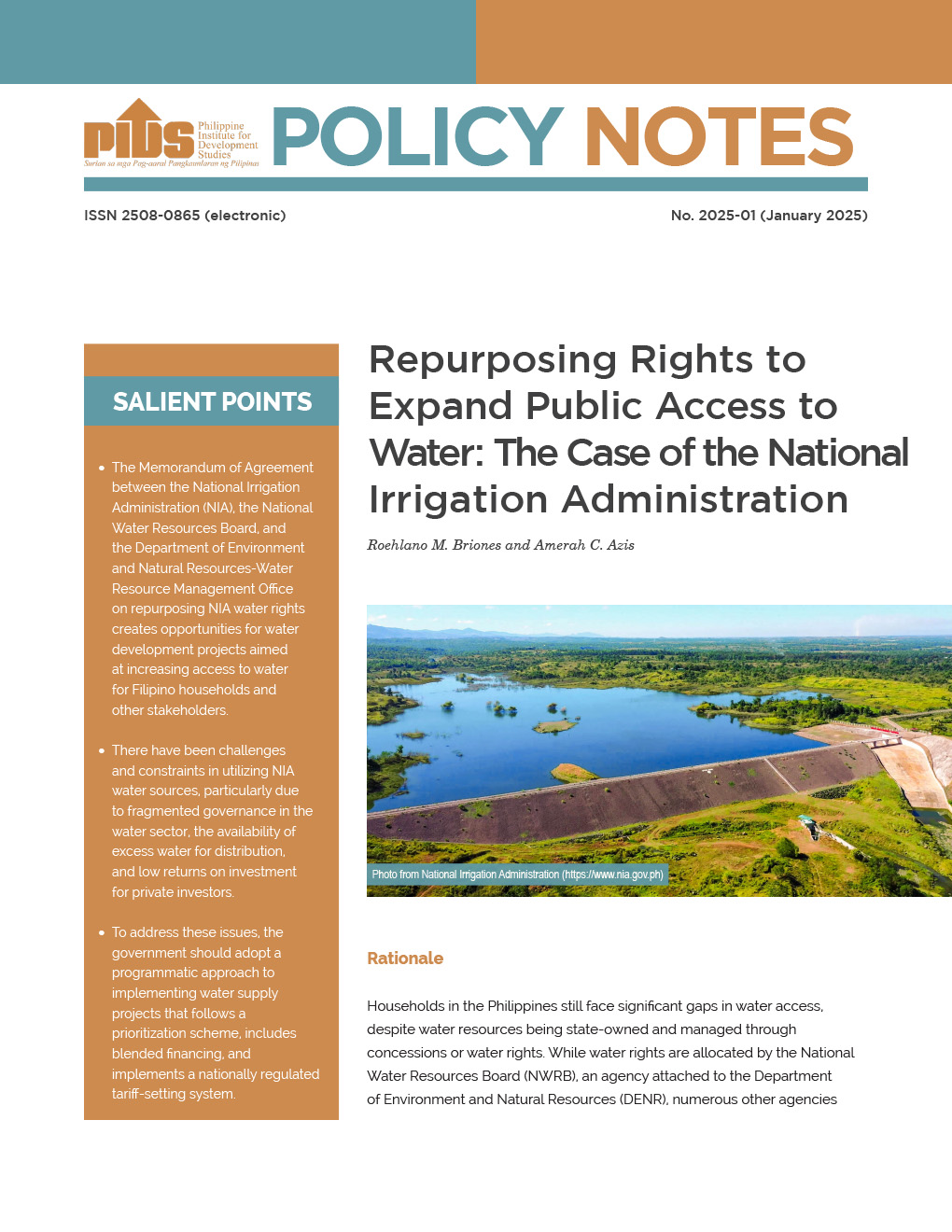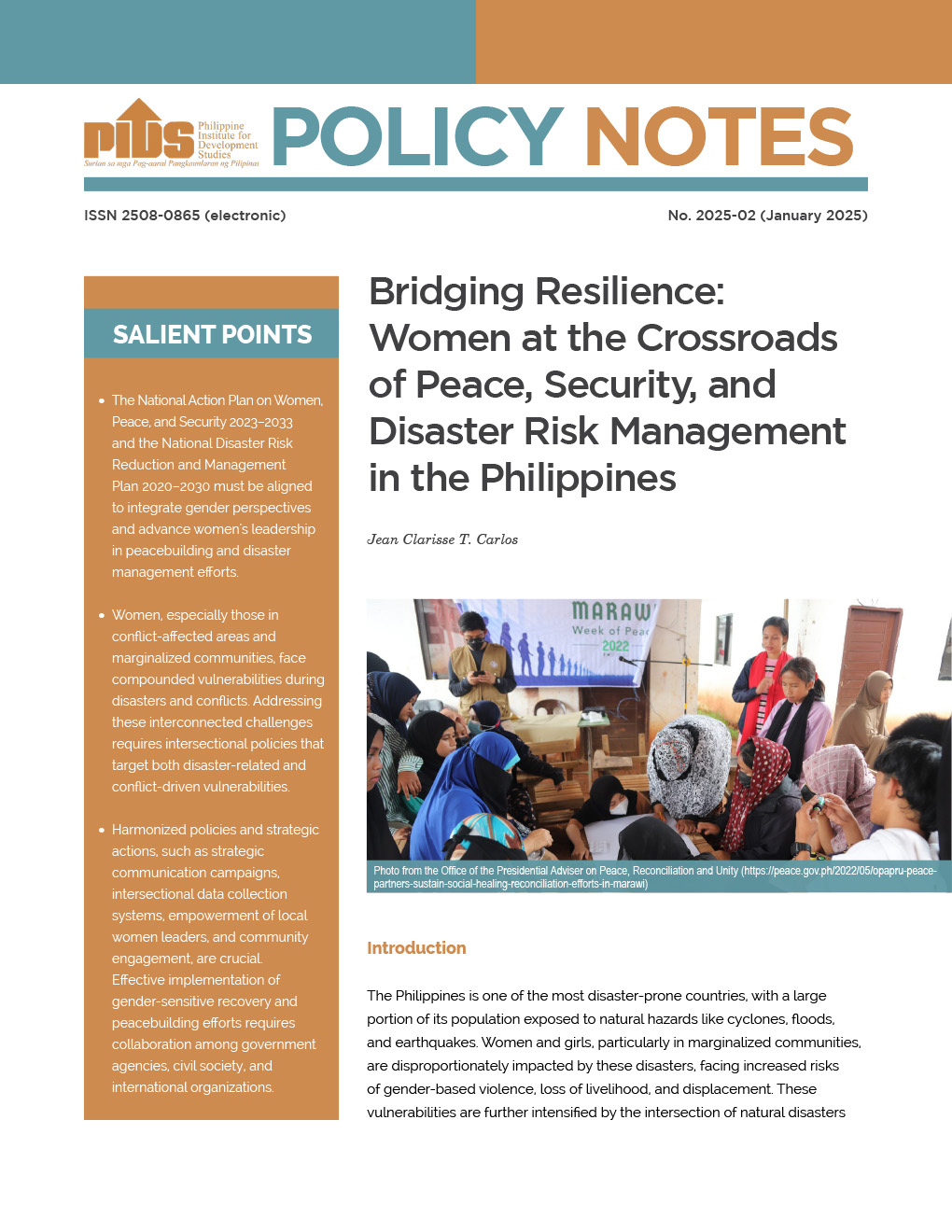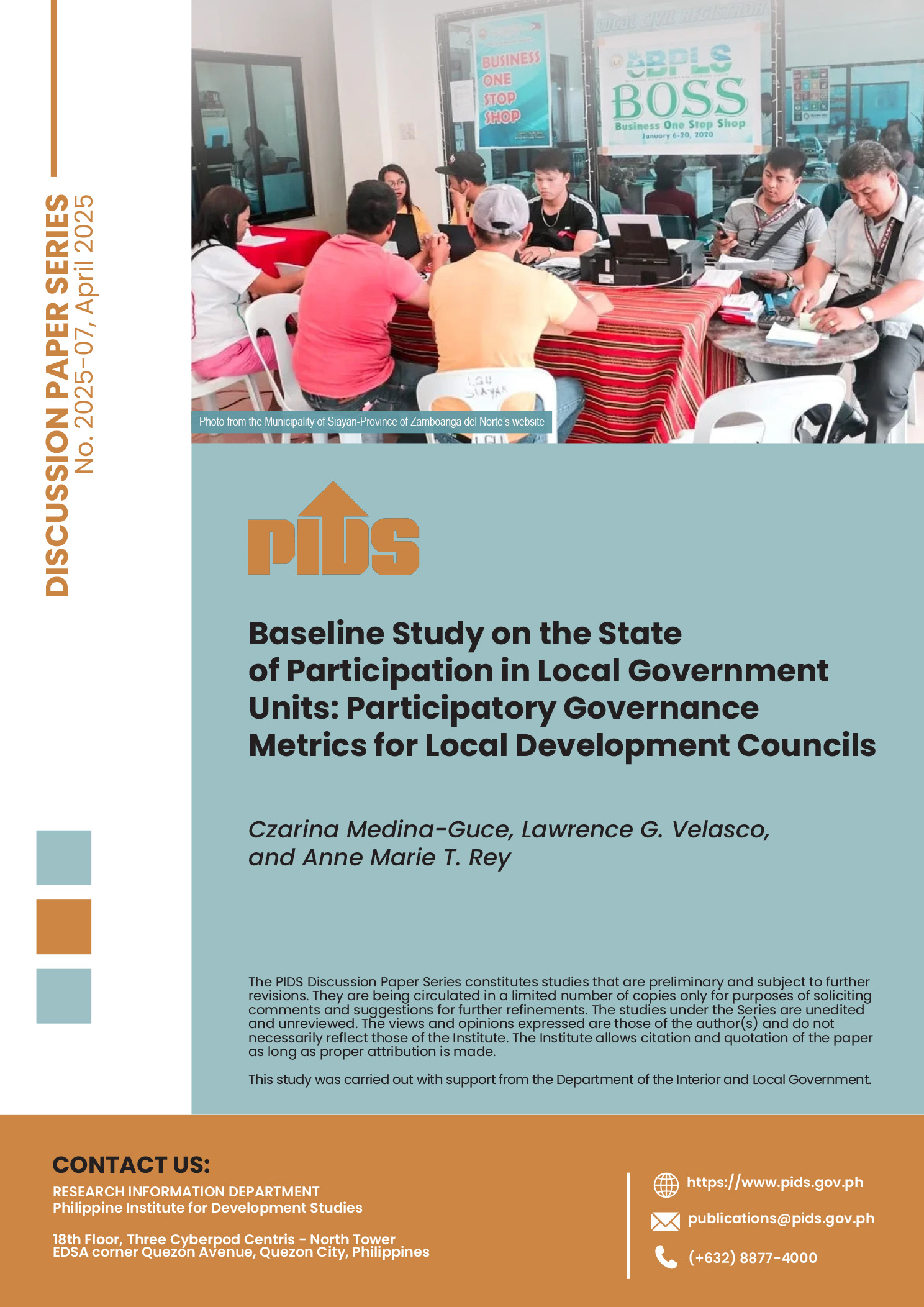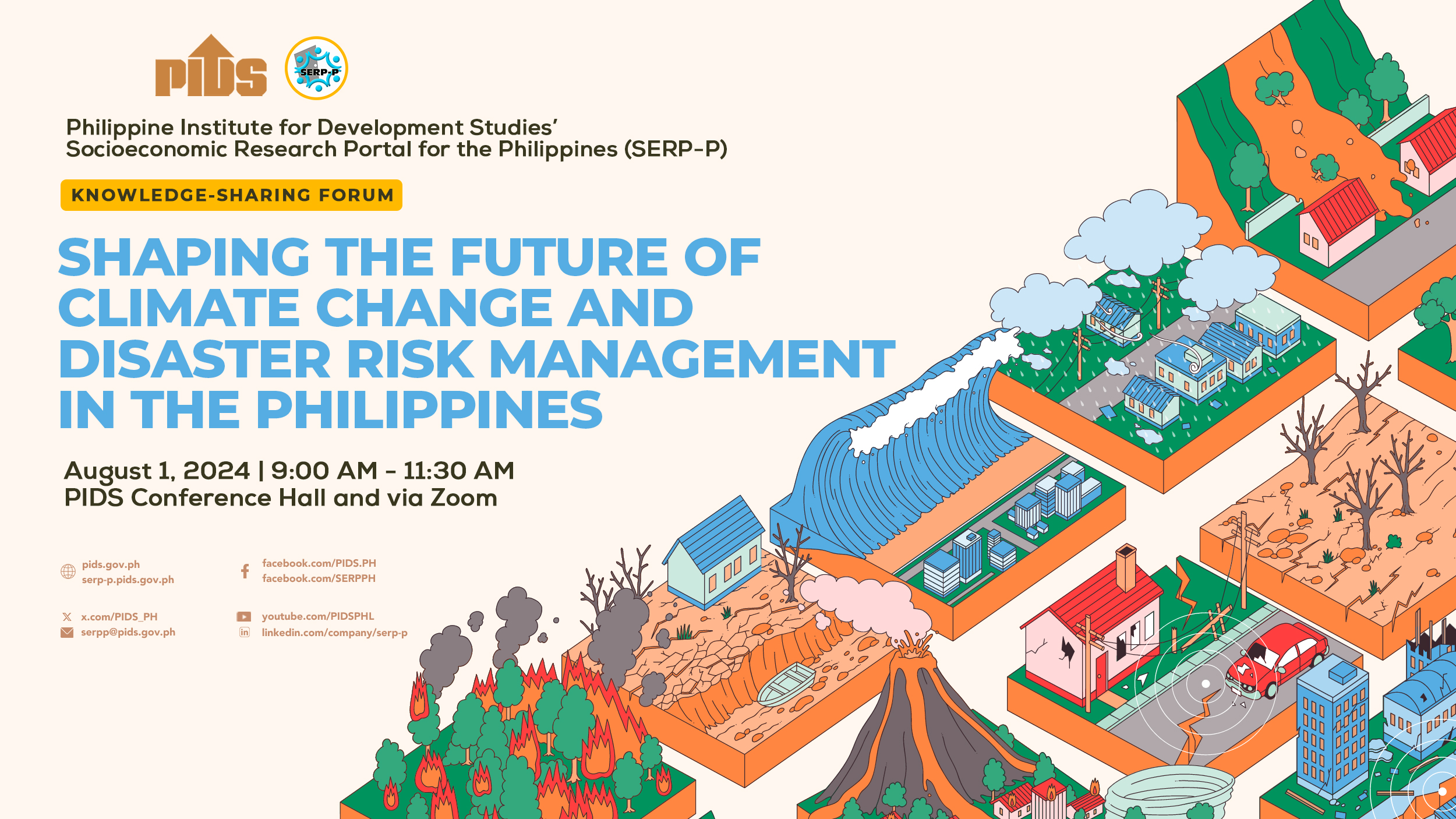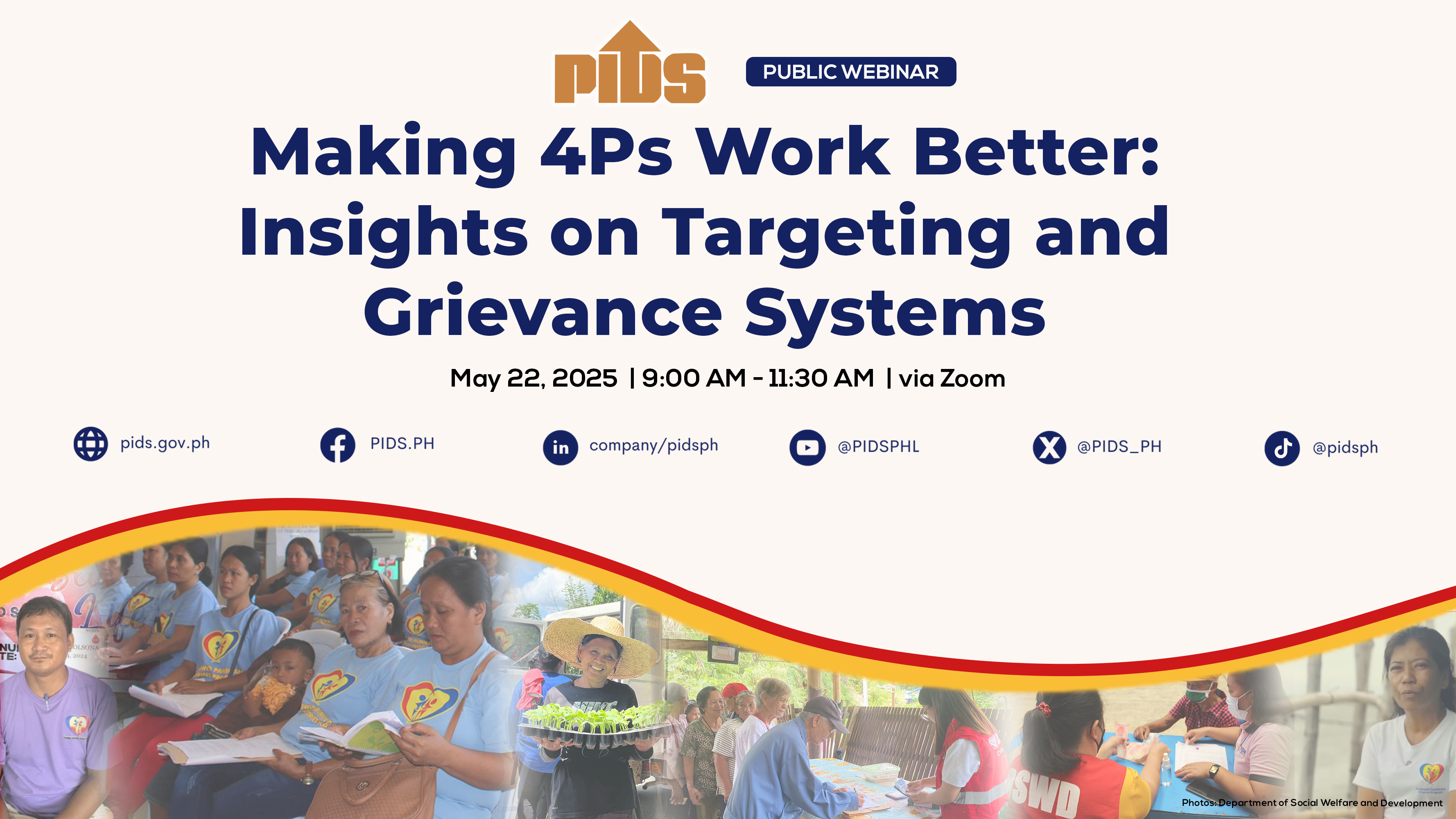Fragmented and overlapping management roles in water governance have plagued the country’s irrigation systems, according to a study presented at the Philippine Institute for Development Studies (PIDS) conference on Thursday.
In a presentation, titled Improving Irrigation Water Governance for a Resilient Agriculture, Agnes Rola of the University of the Philippines Los Baños said there are 15 line agencies and various local government units (LGUs) that are responsible for water management.
This does not include some 8,000 irrigators associations (IAs) that govern the country’s irrigation systems nationwide.
“There is a fragmented and overlapping range of functions of the Philippine water-related agencies,” Rola said. “We counted about 30 of these, just the major agencies mandated to do water-related functions.”
The fragmented functions in water governance is one of the major reasons that led to problems, such as the lack of updated data on water resources and the absence of a central policy on water.
Because of this, Rola said many farmers suffer since they do not have enough water for their crops.
She said only 50 percent of the country’s total irrigable area have irrigation systems. The country’s total irrigable land is 3 million hectares but only 1.6 million are irrigated.
“While irrigation management transfer meant that IAs should now manage the system, it was found that there is still low capacities and severe funding constraints for operation and maintenance; and there are several agencies still involved in the delivery of water to farms,” Rola said.
“Many legal documents for water are a source of confusion and that water data for planning are insufficient,” she added.
To address these concerns, Rola said there is a need to strengthen planning and regulatory decision-making processes for water resources.
In a presentation, titled Improving Irrigation Water Governance for a Resilient Agriculture, Agnes Rola of the University of the Philippines Los Baños said there are 15 line agencies and various local government units (LGUs) that are responsible for water management.
This does not include some 8,000 irrigators associations (IAs) that govern the country’s irrigation systems nationwide.
“There is a fragmented and overlapping range of functions of the Philippine water-related agencies,” Rola said. “We counted about 30 of these, just the major agencies mandated to do water-related functions.”
The fragmented functions in water governance is one of the major reasons that led to problems, such as the lack of updated data on water resources and the absence of a central policy on water.
Because of this, Rola said many farmers suffer since they do not have enough water for their crops.
She said only 50 percent of the country’s total irrigable area have irrigation systems. The country’s total irrigable land is 3 million hectares but only 1.6 million are irrigated.
“While irrigation management transfer meant that IAs should now manage the system, it was found that there is still low capacities and severe funding constraints for operation and maintenance; and there are several agencies still involved in the delivery of water to farms,” Rola said.
“Many legal documents for water are a source of confusion and that water data for planning are insufficient,” she added.
To address these concerns, Rola said there is a need to strengthen planning and regulatory decision-making processes for water resources.

